Unveiling the Richest Cultural Tapestry of the Beautiful Indian Heritages with Excursion2India Travel Packages from Kolkata and elsewhere
India has a historical and cultural legacy of over thousands of years. It is a place of many different cultures, languages, and traditions. India is home to a wealth of landmark heritages, old temples, and architectural marvels that preserve the history of earlier times. Varanasi and Khajuraho stand out as important locations that provide an immersive journey into India’s rich past.
There are many other places hat add to India’s diverse heritage. This piece intends to keep focus on places located in North India. Delhi, Agra, Jaipur, Jaisalmer, Udaipur, Pushkar, and Bodh Gaya are a few such important locations.
Varanasi: The Spiritual Heartbeat of India with Excursion2India Travel packages from Kolkata and elsewhere
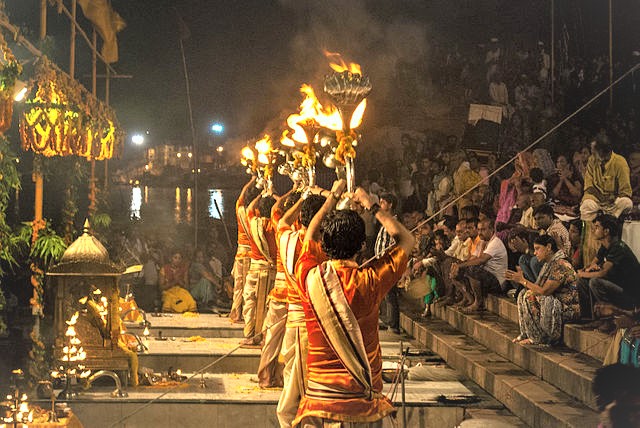
People have lived in Varanasi continuously for several centuries and is among one of the world’s oldest habitations. It lies tucked away on the banks of the revered River Ganges. Buddhists, Jains, and Hindus revere Varanasi for its extraordinary spiritual significance. The city offers a special fusion of heritage and contemporary, and it vibrates with spiritual energy.
Tourists, pilgrims, and seekers travel to Varanasi to experience the mesmerising Ganga Aarti, a religious ritual that lights up the riverbank each evening.
The bustling ghats, ancient temples, and meandering streets of Varanasi capture the spirit of Hinduism. The Lord Shiva-dedicated Kashi Vishwanath Temple is a monument to the city’s profound religious significance.
Along with being a centre of spiritual activity, the Dashashwamedh Ghat is also a location where history may be experienced while strolling along its ancient steps. A morning boat trip on the Ganges presents an incredible scene as worshippers conduct rituals and give prayers, confirming the spiritual significance of the city.
Khajuraho: A Marvel of Art and Architecture with travel packages from Kolkata and elsewhere
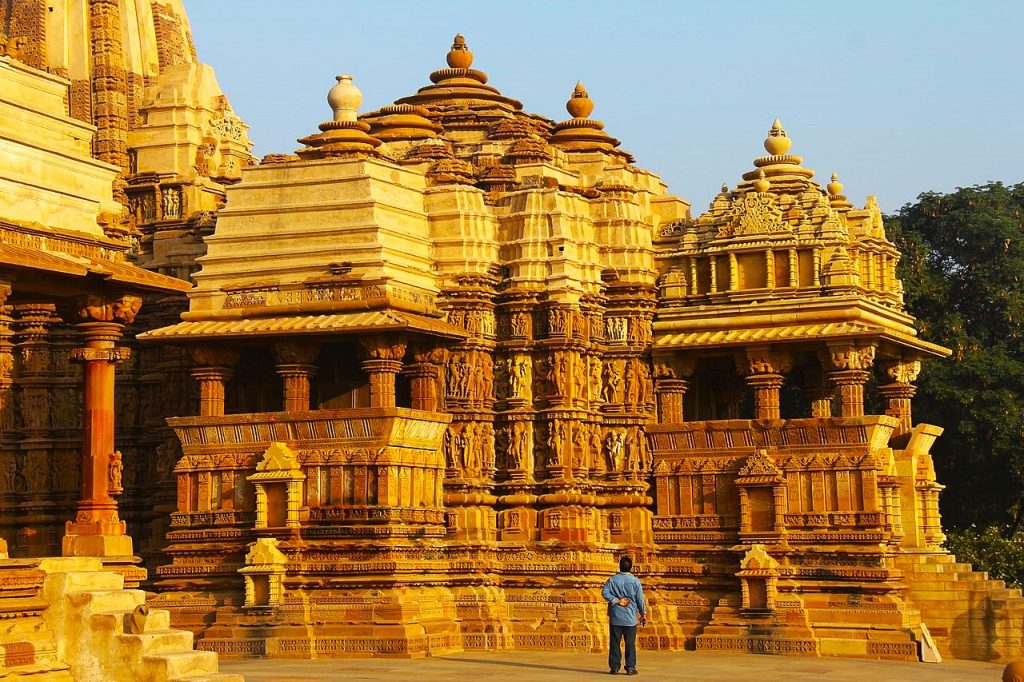
Nestled in the heart of Madhya Pradesh, Khajuraho is famed for its picturesque collection of temples. These temples are quite famous for their complex sculptures and breathtaking depictions of a unique fusion of sensuality and spirituality.
Chandela rulers built these temples. These are in the list of UNESCO World Heritage Site. They were constructed in the 10th and 11th CE . These temples are a testament to the sophistication of Indian art in the past.
The exquisite carvings that adorn the temples of Khajuraho explore various facets of life, from gods and goddesses to everyday activities. The most famous of these temples is Kandariya Mahadeva Temple. This temple has towering spire and intricate sculptures.
Erotic sculptures on the walls of Khajuraho Temples often attract lots of attention. But they are just a small part of the larger narrative presented by the artists on the walls of the temples. These sculptures, depicting human relationships and desires, were intended to celebrate the full spectrum of human experience.
A light and sound is there every evening. This is a must see to delve deeper into the history and significance of Khajuraho’s temples. The show, through vivid narration, brings the stories of the temples to life, adding a new dimension to your understanding. This is a tremendous help in understanding the art works seen on the walls of the temples during your sightseeing tours.
Agra: The Majestic Mughal Heritage with travel packages from Kolkata and elsewhere
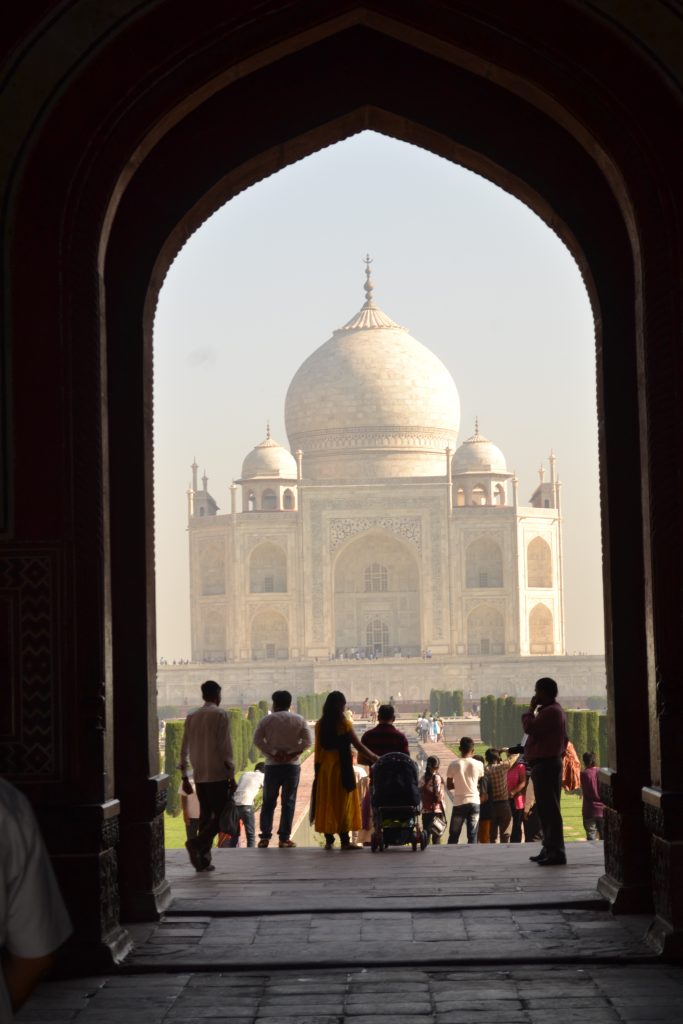
No exploration of North India’s heritage is complete without a visit to Agra. This is home to the iconic Taj Mahal.
Commissioned by Mughal Emperor Shah Jahan to show his love for his wife Mumtaz Mahal, Taj Mahal, made in white marble, is adorned with intricate inlay work and geometric patterns.
Taj Mahal reflects a symphony of architectural brilliance and emotional resonance. Its intricate detailing, from its ornate calligraphy to its symmetrical gardens, leaves visitors awe-struck.
Beyond the Taj Mahal, Agra hosts other architectural gems, such as the Agra Fort, a UNESCO World Heritage site, that chronicles India’s history through its imposing walls and magnificent palaces.
Delhi: The Historical Crossroads with travel packages from Kolkata and elsewhere
Delhi, India’s capital, ties together the country’s varied past and present. A prime example of Indo-Islamic architecture is the Qutub Minar, a majestic minaret built in the 13th century. Nearby is Humayun’s Tomb, an architectural precursor to Taj Mahal, showcases the magnificence of Mughal architecture.
The vibrant markets of Old Delhi, the opulence of the governmental structures in New Delhi, and the cutting-edge architectural wonder of the Lotus Temple are all part of Delhi’s rich legacy.
Jaipur: The Pink City’s Royal Resplendence with travel packages from Kolkata and elsewhere
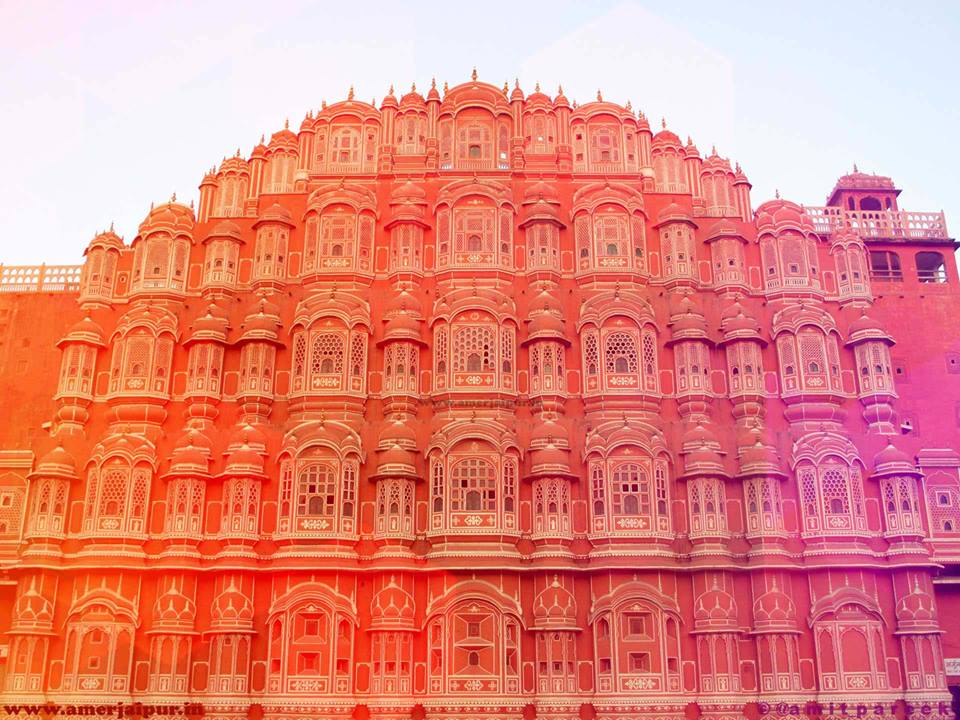
Jaipur, the capital of Rajasthan, is a picture of imperial splendour and exquisite architecture. The distinctive pink colour of the city’s buildings is what gives it the moniker “Pink City.” A testimony to the wealth of Rajputana kings is the expansive Amber Fort, which features exquisite mirror work and spectacular views.
The Palace of Winds, also known as the Hawa Mahal, is a masterpiece of architecture that was built to allow royal ladies to watch street processions while keeping out of sight of the general public.
Jaisalmer: The Golden Citadel with travel packages from Kolkata and elsewhere
The desert city of Jaisalmer enchants visitors with its golden-hued architecture and enchanting sand dunes. Jaisalmer Fort, a living citadel, stands as a testament to the city’s history and resilience. The intricate latticework of the havelis (mansions) and the desert safari experiences make Jaisalmer a unique heritage destination.
The havelis of the traders of the past in Jaisalmer also show how much wealth Jaisalmer once saw.
Pushkar: The Colorful Melange with travel packages from Kolkata and elsewhere
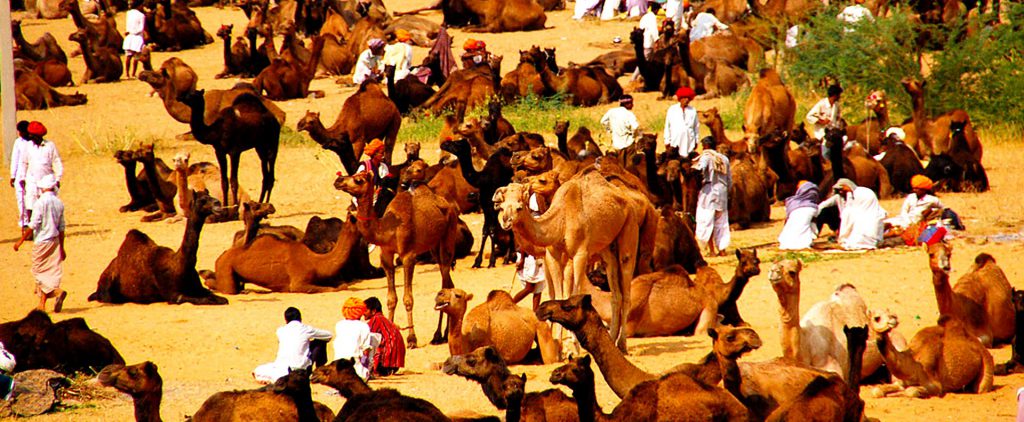
A little village in Rajasthan called Pushkar is well-known for its lively culture and the Pushkar Camel Fair. This yearly occasion turns the sleepy village into a lively funfair, luring both vendors and visitors.
The revered Pushkar Lake and the Brahma Temple provide spiritual refuge amidst the celebrations. You can visit Pushkar with travel packages from Kolkata and elsewhere
Bodh Gaya: Discovering Enlightenment with travel packages from Kolkata and elswhere
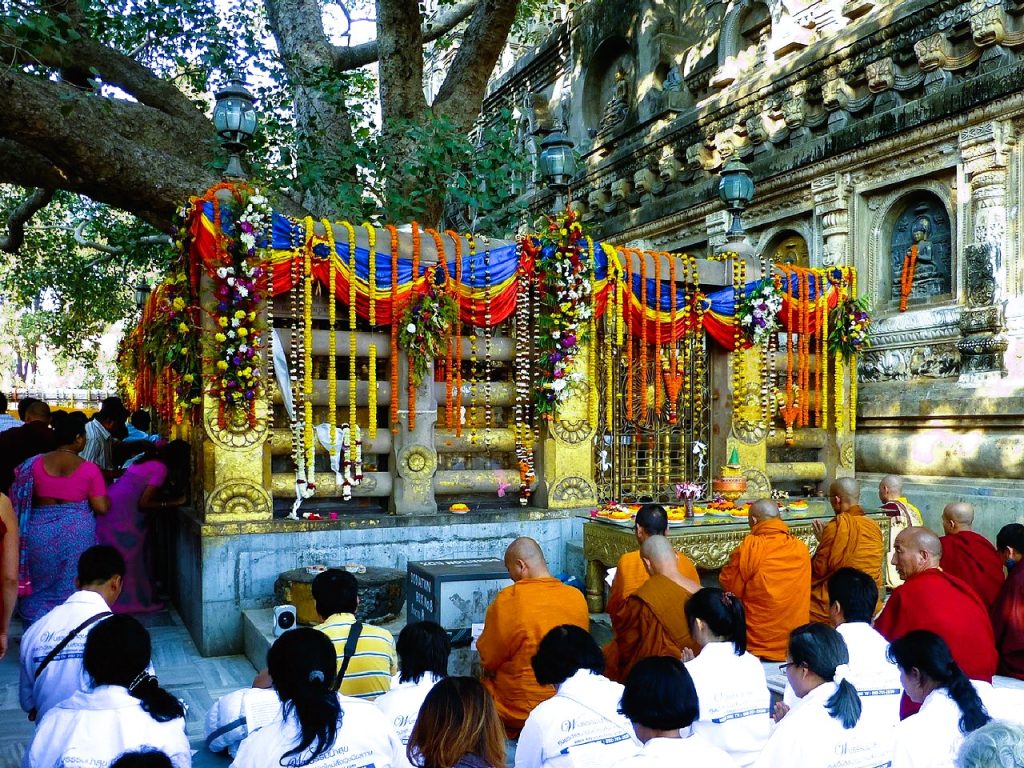
Bodh Gaya is a place of profound spiritual significance, revered as the site where Siddhartha Gautama attained enlightenment under the Bodhi tree. This holy site is extremely valuable historically and attracts pilgrims and tourists from all over the world.
A UNESCO World Heritage site, the Mahabodhi Temple houses the Bodhi tree. The scenes from Buddha’s life, his teachings, and many episodes of his path to enlightenment are depicted on the walls’ beautiful stone carvings.
The Vajrasana is thought to be the location where Buddha pondered and attained enlightenment because it is situated beneath the Bodhi tree.
Sculptures, inscriptions, and artefacts that chart the evolution of Buddhist art and culture can be seen in the Bodhgaya Archaeological Museum.
Treat yourself to customized tour packages to explore Indian Heritages from Kolkata and elsewhere with Excursion2India!
Please feel free to interact with Excursion2India representative at sales@excursion2india.com. You can also reach Excursion2India over WhatsApp at +91-9875310291. You can also call Excursion2India for best tour packages from Kolkata at +91-9163580464.
Please send a request to join a WhatsApp Group of Excursion2India for the best deals on tours within India and to different foreign countries.

